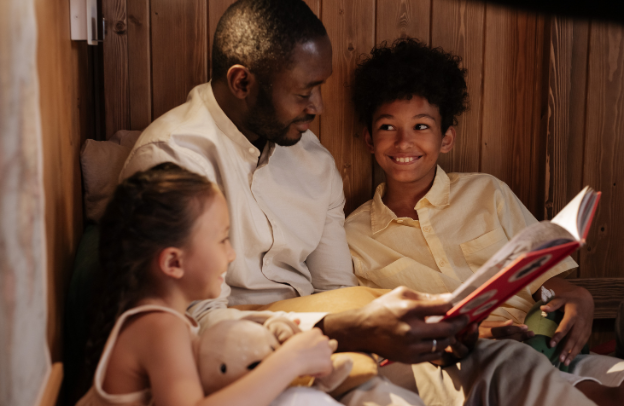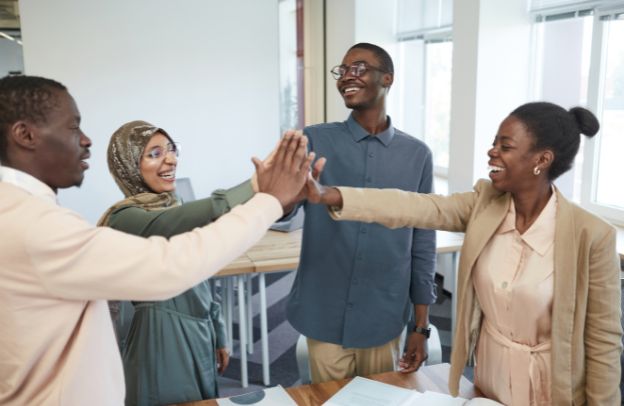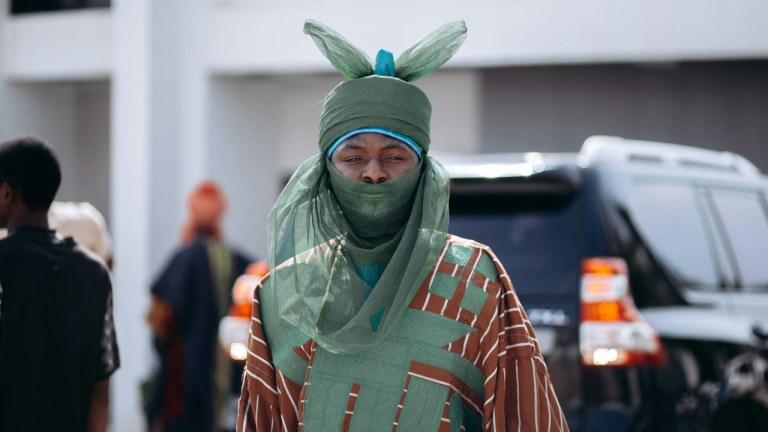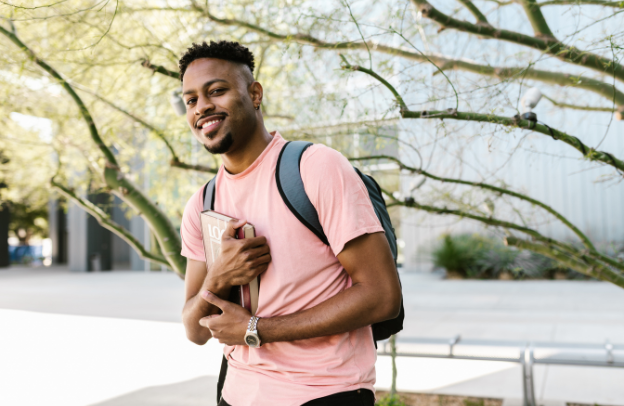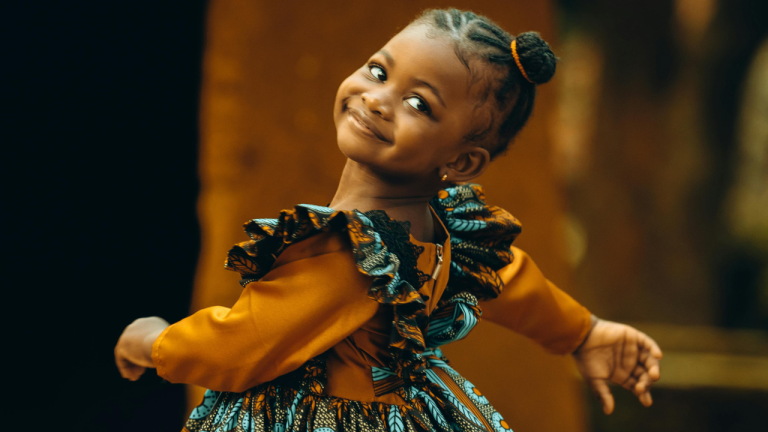How Our Ancestors Passed Down Knowledge Without Writing

Have you ever wondered how people learned before books, tablets, or phones existed? Picture a world without classrooms, paper, or pencils, yet where children still grew up smart, kind, and wise. How did that happen?
Learn How to Leverage Your Story through our Story To Asset Framework.
In many African communities, like Esanland in Nigeria, knowledge was, and still is, passed down through the power of memory. Storytelling, songs, proverbs, and repetition were the tools our ancestors used to teach, learn, and remember everything they needed to live good, meaningful lives.
This ancient way of learning is alive today, and it can help young minds grow strong in ways books alone sometimes cannot. Let’s explore how memory helped our ancestors learn—and how it can help us too.
Stories: The First Classroom
Long ago, grandmothers and grandfathers in Esanland were walking libraries. As night fell, children gathered around the fire, listening to stories about animals, kings, heroes, and clever children. But these stories were much more than entertainment. Each tale carried lessons—be brave, speak truthfully, help others, and think carefully before acting.
Take the story of the tortoise and the bird, for example. It teaches honesty and the consequences of our actions. Children learned right from wrong through stories, without ever needing to write a single word.
The United Nations Educational, Scientific and Cultural Organization (UNESCO) acknowledges oral tradition as a powerful way to preserve cultural identity. They emphasize that it helps people learn values and share them across generations, keeping communities connected and strong.
Singing to Remember
Songs weren’t just for dancing—they were lessons set to rhythm. In Esanland and many African communities, songs helped children remember family histories, how to farm, cook, or behave well. Songs were part of playtime, work, and rest, and their rhythm made learning easier and more fun.
Science agrees. Research from Harvard’s Center on the Developing Child shows that music and rhythm help build “working memory”, the part of our brain that holds and uses what we learn. This means singing isn’t just joyful, it’s brain training.
Repetition: Making Lessons Stick
One secret to our ancestors’ strong memories was repetition. Proverbs were repeated over and over until their wisdom became part of daily life. For example: “A child who does not travel thinks his mother is the best cook.” It reminds us that the world is bigger than what we know.
You might also like Shaping a Collaborative Vision for Future Generations through the Role of Group Tourism
Today’s educators call this technique “spaced repetition,” where reviewing information at intervals helps memory. African elders were using this method long before science gave it a name.
Memory as a Gift—and a Responsibility
In many African cultures, memory is both a gift and a responsibility. In Esanland, some people were trained from childhood to be memory-keepers, custodians of culture. They memorized events, songs, births, weddings, even land agreements, all without writing.
This role reflects the African philosophy of Ubuntu, which means “I am because we are.” Ubuntu teaches that memory is not only personal, it connects the whole community. The Ubuntu Foundation explains that this shared remembering builds respect, trust, and learning across generations, just like stories passed among village elders and children.
Bringing Ancient Wisdom into Today’s Classrooms
Most learning today happens with books and screens, but traditional memory techniques still work. In fact, they can make learning more fun and effective.
Here’s how teachers, parents, and students can bring back these powerful memory tools:
- Start classes with a proverb. Invite students to share what they think it means.
- Use call-and-response songs. These teach facts and values through music and repetition.
- Encourage storytelling. Let children retell lessons in their own words to deepen understanding.
- Make learning active. Have students act out stories or create rhythm games that reinforce memory.
When these methods combine with modern lessons, children not only learn faster—they understand more deeply.
Memory Builds Identity
Learning through stories, songs, and repetition also teaches children about who they are. They discover that their ancestors were wise, creative, and strong. They learn their language and values, connecting to their heritage in a meaningful way.
See also Strengthening Diaspora-Local Relations: How Group Tours Encourage Cultural Exchange
In a world where many young people feel disconnected from their roots, memory becomes a powerful tool for pride and belonging. The African Memory Project shows how remembering the past helps children feel stronger, more confident, and ready to shape the future.
Conclusion: Memory Is Power
So, how did our ancestors pass down knowledge without writing? They relied on the most powerful tool they had, their memory. Through storytelling, songs, and repetition, they built wise minds and strong communities.
Today, African children can grow with these same tools. Whether it’s hearing a story from Grandma, singing a proverb at school, or acting out a tale in class, memory helps children learn, belong, and become tomorrow’s leaders.
By looking back at these ancient ways, we find new ways to help every child remember who they are, where they come from, and what they can become.
Learn How to Leverage Your Story through our Story To Asset Framework.

